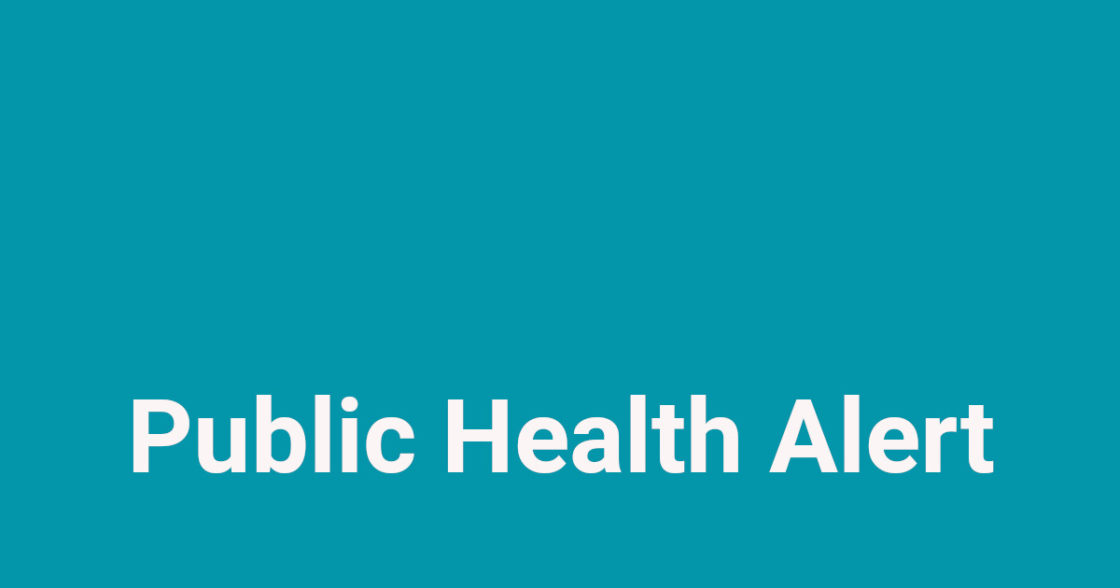Health Warning lifted for Algal Blooms in Te Roto o Wairewa-Lake Forsyth, Waikirikiri-Selwyn River at Glentunnel and Whitecliffs Domain
Te Mana Ora | Community and Public Health has lifted its algal bloom health warning issued for Te Roto o Wairewa-Lake Forsyth and the Waikirikiri-Selwyn River at Glentunnel and Whitecliffs Domain.
Recent cyanobacteria surveys of the Waikirikiri-Selwyn River and testing of water in Te Roto o Wairewa-Lake Forsyth has shown the cover of potentially toxic algae (benthic cyanobacteria) in the river and concentrations of potentially toxic algae (planktonic cyanobacteria) in the lake have both reduced and are now below levels that are of concern to public health.
Dr Matthew Reid Medical Officer of Health for Te Mana Ora, National Public Health Service, says Environment Canterbury’s monitoring of Waikirikiri-Selwyn River will resume next summer when there is increased likelihood of cyanobacteria growth.
Te Roto o Wairewa-Lake Forsyth will be monitored monthly through the year.
A health warning remains in place for the Waikirikiri- Selwyn River directly upstream of Whitecliffs Road (at the picnic area).
Benthic Cyanobacteria in Rivers
- Appears as dark brown/black mats attached to rocks along the riverbed.
- A low cover of the algae can occur naturally but can increase rapidly during warmer months. Algal blooms are influenced by a combination of available nutrients in the water and sediments (such as nitrogen and phosphorus), a sustained period of low and stable flows, and favourable weather conditions (e.g. increased temperature, calm days).
- It often has a strong musty smell and algal toxin concentrations can vary over short periods.
- Although high river levels will remove the algal bloom, detached mats can accumulate along the shore and increase the risk of exposure to toxins.
- If a health warning is in place avoid contact with the water.
- Although district or city councils may place warning signs, these may not be seen at the numerous river access points, hence the need for people/ dog-walkers to treat every low-flowing river cautiously.
Planktonic Cyanobacteria in Lakes
- The algae occur naturally but can increase rapidly during warmer months.
- Algal blooms are caused by a combination of nutrients in the water (such as nitrogen and phosphorus), and favourable weather conditions (e.g. increased temperature, calm days).
- If the water is cloudy, discoloured, or has small globules suspended in it, avoid all contact.
- Not all cyanobacterial blooms are visible to the naked eye and toxins can persist after the blooms disappear.
- Cyanobacterial concentrations can change quickly with changing environmental conditions (e.g. wind). If a health warning is in place avoid contact with the water.
- If a warning is in place, people and animals should not drink the water from the lake at any time, even boiled water.
- Exposure to an algal bloom can cause skin rashes, nausea, stomach cramps, tingling and numbness around the mouth and fingertips. If you experience any of these symptoms visit your doctor immediately and please let your doctor know if you have had contact with lake water when there is a health warning in place.
For further details visit: https://www.lawa.org.nz/explore-data/canterbury-region/
Or contact Te Mana Ora on (03) 364 1777:
https://www.cph.co.nz/your-health/recreational-water/
For more information about Mahinga Kai:
https://www.cph.co.nz/wp-content/uploads/saf0112.pdf
For further information, contact:
communications@cdhb.health.nz
ENDS

